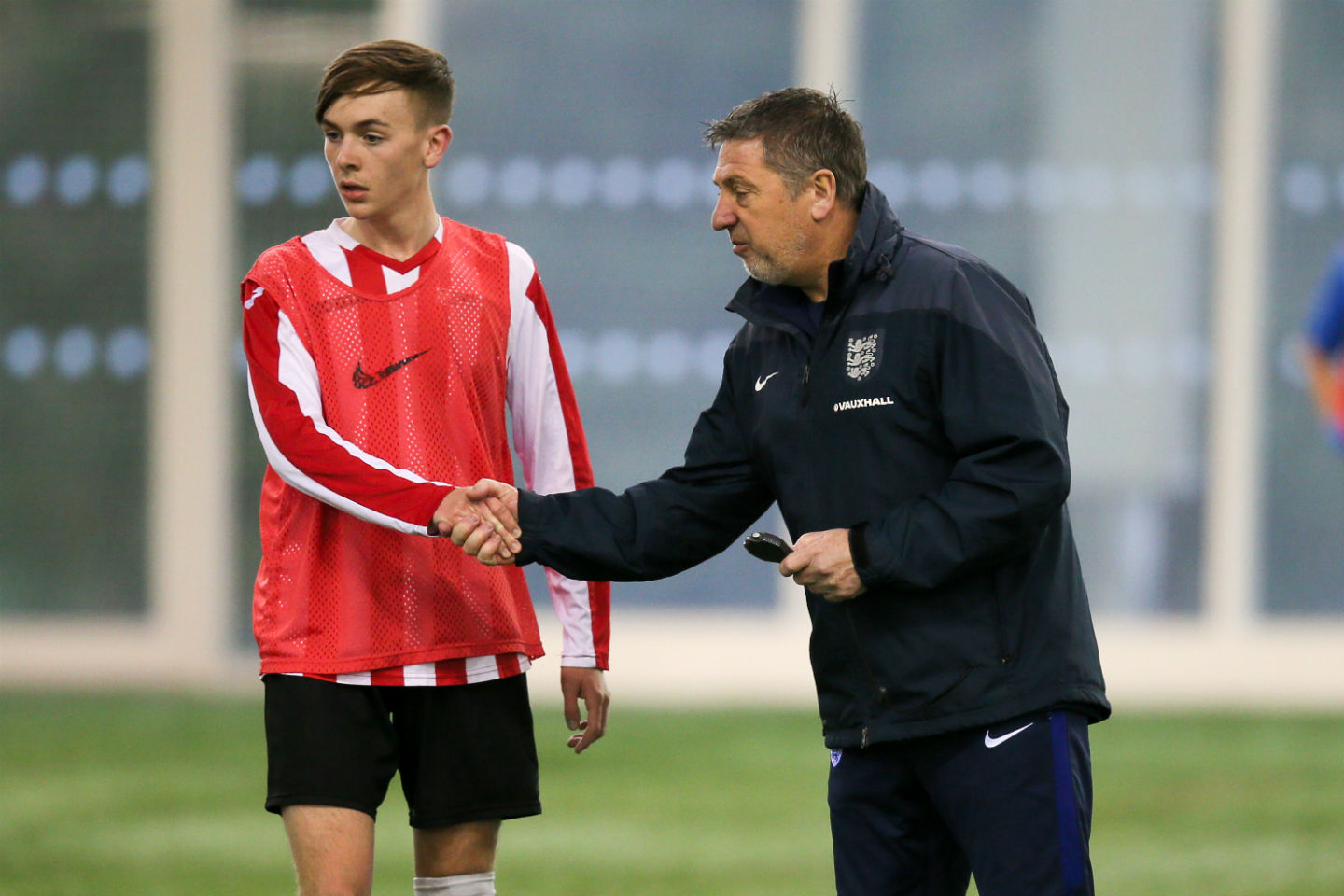
5 top tips for communicating with teenage players
- Perry Walters
- 31 December 2016
Dr. Perry Walters, psychology consultant, offers some useful tips for communicating with teenage footballers.
1. Empower them through insight
You can embolden young players by communicating to them about the unique opportunities of the adolescent brain: that it is a time of enhanced plasticity (malleability) to adapt to new information. This might help foster a sense of resilience and ownership in players.
2. Monitor the emotional climate
Coaches need to be mindful that this is a period of emotional intensification and that adolescents might not be thinking and feeling in the same way as adults (or children). This provides both opportunities such as passion and excitement, but also vulnerabilities such as heightened anxiety, anger and shame.
3. Walk through how to react to disappointment
Mid-adolescents have been described as having ‘Ferrari engines with fiat brakes’. This is especially the case in aroused environments. However, you can help to ‘scaffold’ the development of their emotional control by modelling how to react to setbacks (both verbally and psychically) and emphasising process rather than performance goals.
4. Reward creativity
Mid-adolescents are motivated to find reward in experiencing and trying new and novel things (which is linked to a small increase of dopamine at this age).
You can take advantage of this unique period of development by encouraging creative play and exploratory decision-making by building ‘experimental periods’ into training programmes and explicitly rewarding creative or inventive play.
5. When communicating, be the pre-frontal cortex
By this I mean you can try to ‘scaffold’ for mid-teens what is still a work in progress for them such as judgement capabilities and emotional control. For example, try to dampen down unhelpful heightened emotions by reducing the ‘fear of failure’ for players.


